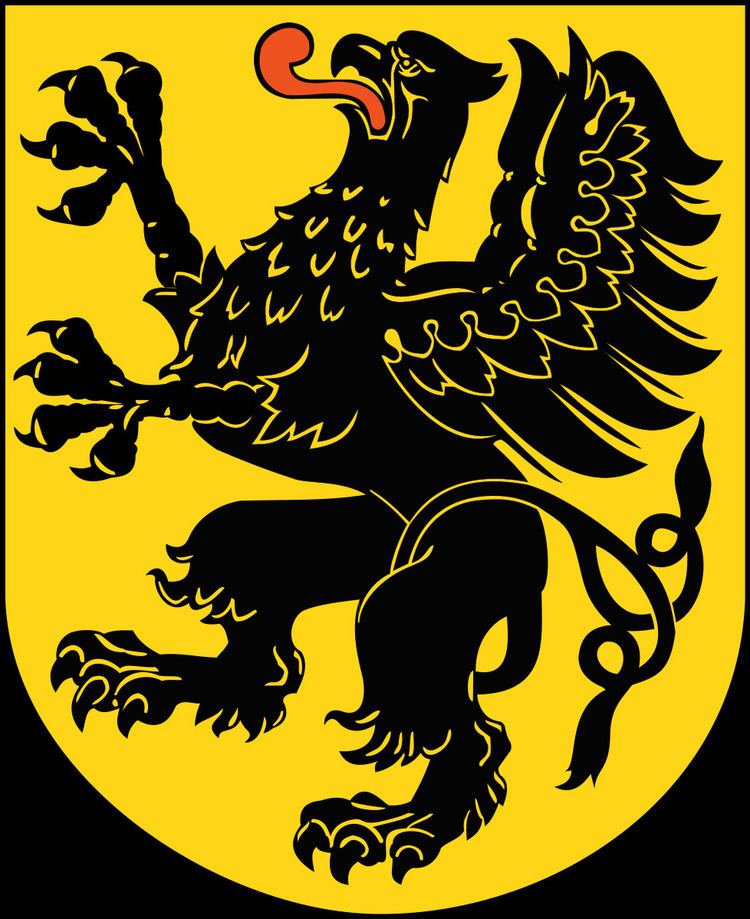 | ||
For the medieval duchy, see Pomeranian duchies and dukes
Contents
Gdańsk Pomerania (Polish: Pomorze Gdańskie) or Eastern Pomerania (Polish: Pomorze Wschodnie; Kashubian: Pòrénkòwô Pòmòrskô) is a geographical region in northern Poland covering the eastern part of Pomeranian Voivodeship. These are modern designations for territory previously called West Prussia and Royal Prussia and including the historical areas of Pomerelia, Słupsk, Chełmno Land, Lubawa, Michałów Land, and Pomesania. The area was termed Polish Pomerania (Polskie Pomorze) since at least the 18th century to distinguish it from Hither and Farther Pomerania. In the late 19th century this term was used in order to stress Polish claims to that area that was then ruled by German Prussia. Following World War I, much of this area became part of the new Second Polish Republic and, after World War II, Poland gained the remainder of the area including the city of Gdańsk (Danzig). The current designations replaced Polish Pomerania since Farther Pomerania (German: Hinterpommern) and a small part of Hither Pomerania (Vorpommern) were also ceded to Poland as part of the territories recovered from Germany.
Population
The indigenous population of the area are the Slavic Kashubians, who speak the Kashubian dialect of the Pomeranian language. The Kashubians are organized in the Kashubian-Pomeranian Association. Other indigenous people are the Kociewiacy and the Borowiacy.
